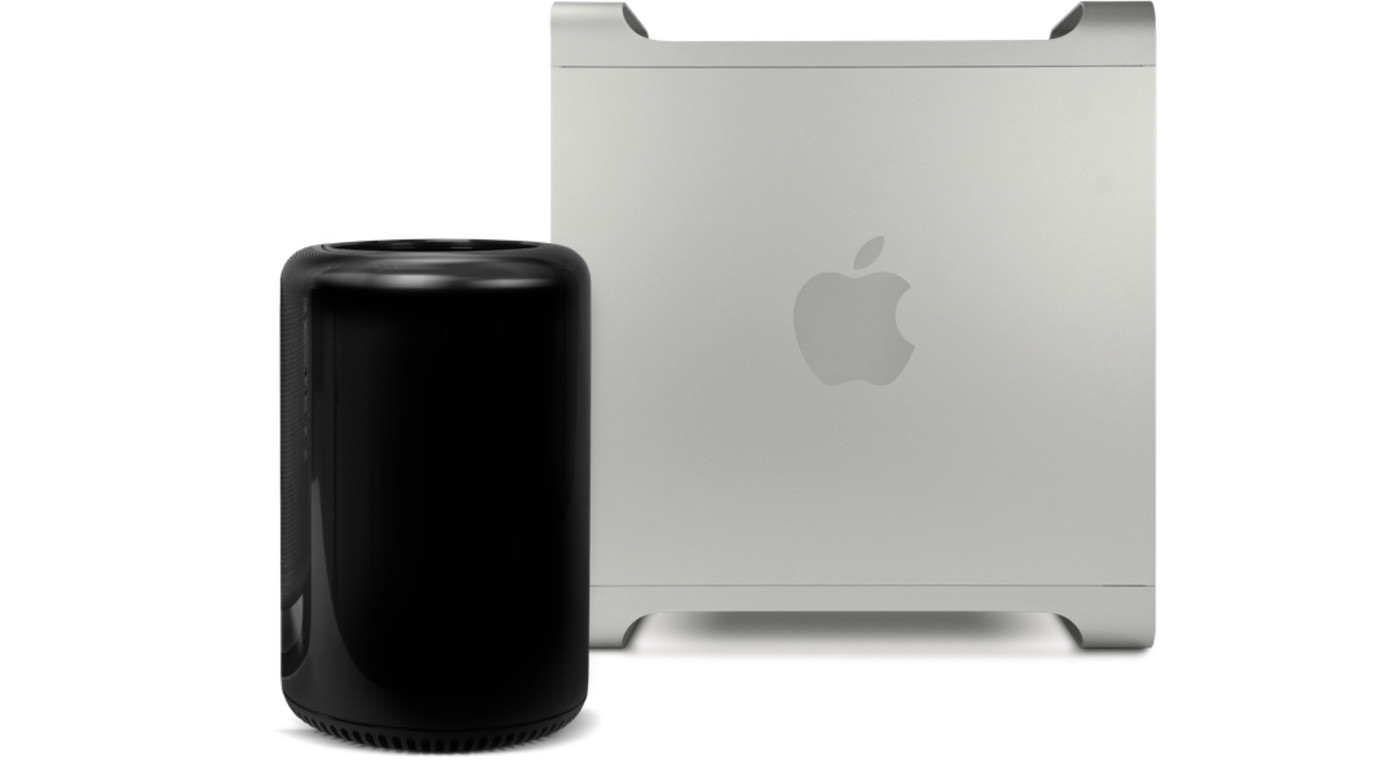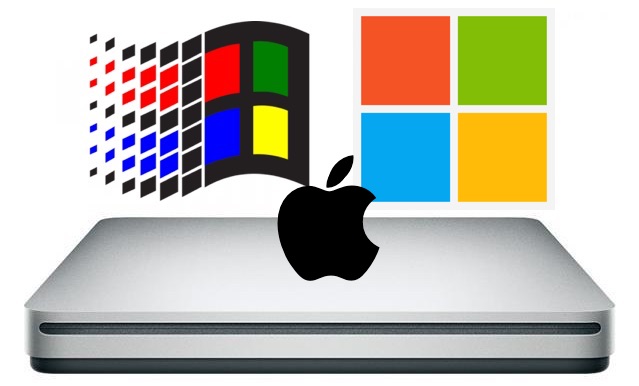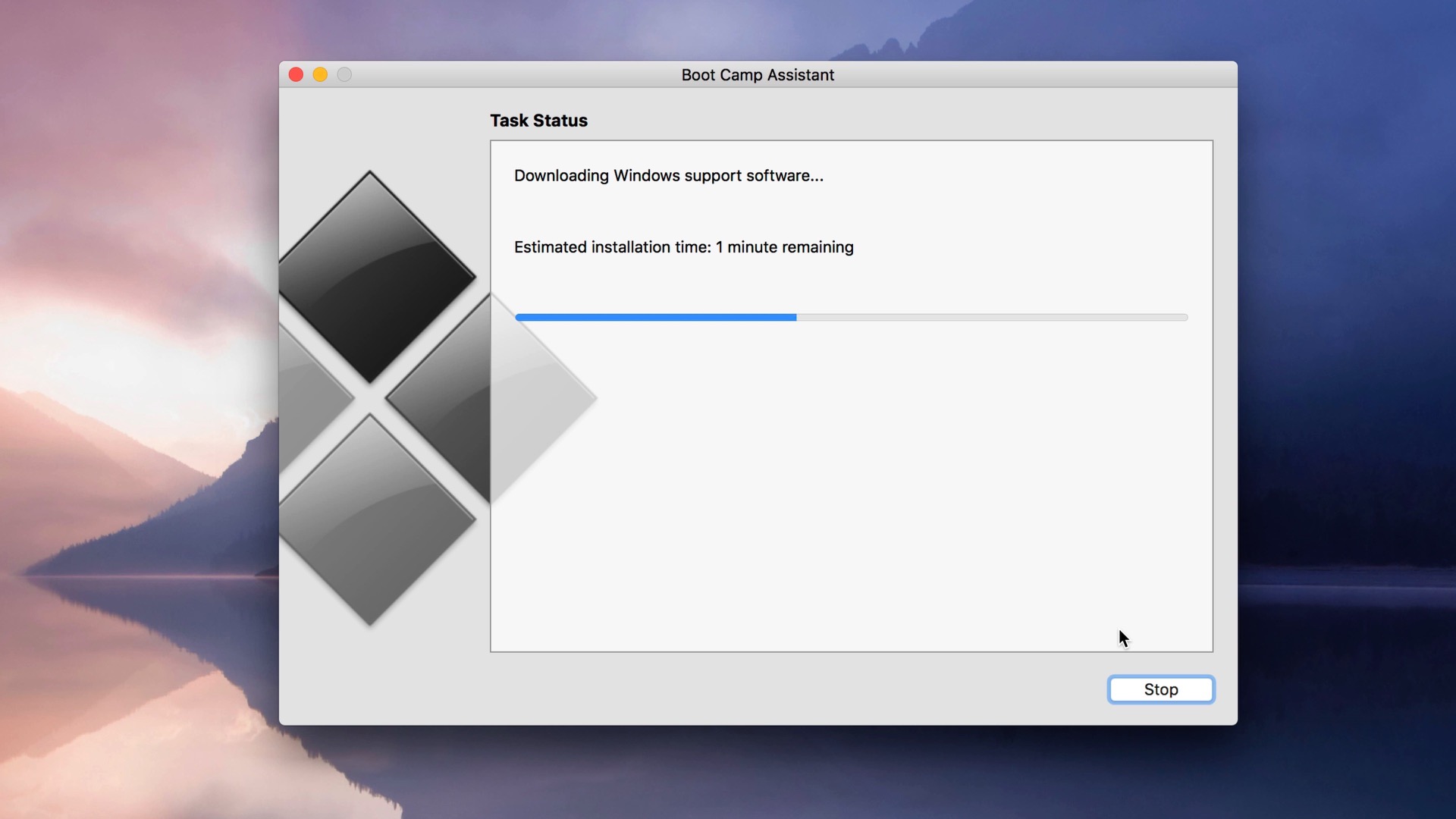

This means that if you moved it before installing Yosemite, you need to move it back before making your installer disk.
USE APPLE CD DRIVE WINDOWS 10 INSTALL
(The Terminal command used here assumes the drive is named Untitled.) Also, make sure the Yosemite installer, called Install OS X Yosemite.app, is in its default location in your main Applications folder (/Applications).
USE APPLE CD DRIVE WINDOWS 10 MAC

Using the createinstallmedia command in Terminal Here are the required steps:


(Follow this tutorial to properly format the drive.) Your OS X user account must also have administrator privileges. That drive must also be formatted with a GUID Partition Table. Whichever method you use, you need a Mac-formatted drive (a hard drive, solid-state drive, thumb drive, or USB stick) that’s big enough to hold the installer and all its data-I recommend at least an 8GB flash drive. The Disk Utility-via-Terminal approach is for the shell junkies out there. The Disk Utility method is the way to go for people who are more comfortable in the Finder (though it does require a couple Terminal commands), and it works under Snow Leopard, Lion, Mountain Lion, Mavericks, and Yosemite. (Note that the createinstallmedia tool doesn’t work under OS X 10.6 Snow Leopard-it requires OS X 10.7 Lion or later.) The createinstallmedia method is the easiest if you’re at all comfortable using Terminal, it’s the approach that I recommend you try first. I’ve come up with three ways you can create a bootable OS X install drive for the Yosemite: using the installer’s built-in createinstallmedia tool using Disk Utility or performing the Disk Utility procedure using Terminal. If you don’t, you’ll have to redownload the installer from the Mac App Store before you can create a bootable installer drive.Ĭreate the Yosemite install drive: The options If you plan to use that installer on other Macs, or-in this case-to create a bootable drive, be sure to copy the installer to another drive, or at least move it out of the Applications folder, before you install. As with the Mavericks installer, if you leave the Yosemite beta installer in its default location (in the main Applications folder) when you install OS X 10.10, the installer will delete itself after the installation finishes. Like all recent versions of OS X, Yosemite is distributed through the Mac App Store. And if your Mac is experiencing problems, a bootable installer drive makes a handy emergency disk.Īs with previous versions of OS X, it’s not difficult to create a bootable installer drive from the Yosemite installer, though the processes have changed slightly since Mavericks. If you want to erase the drive on a Mac before installing Yosemite, or start over at any time, you can use a dedicated installer drive to boot that Mac, erase its drive, and then install the OS clean and restore whatever data you need from a backup. I recommend making one for Yosemite, on an external hard drive or USB thumb drive, for many of the same reasons I recommend making a bootable Mavericks installer drive: If you want to install Yosemite on multiple Macs, using a bootable installer drive can be more convenient than downloading or copying the entire installer to each computer. Modern, downloadable versions of OS X create a recovery partition on your drive, but it’s always a smart idea to make your own bootable installer drive too. Back in the day when we bought OS X on discs, as long as you kept that disc, you always had a bootable installer just in case.


 0 kommentar(er)
0 kommentar(er)
